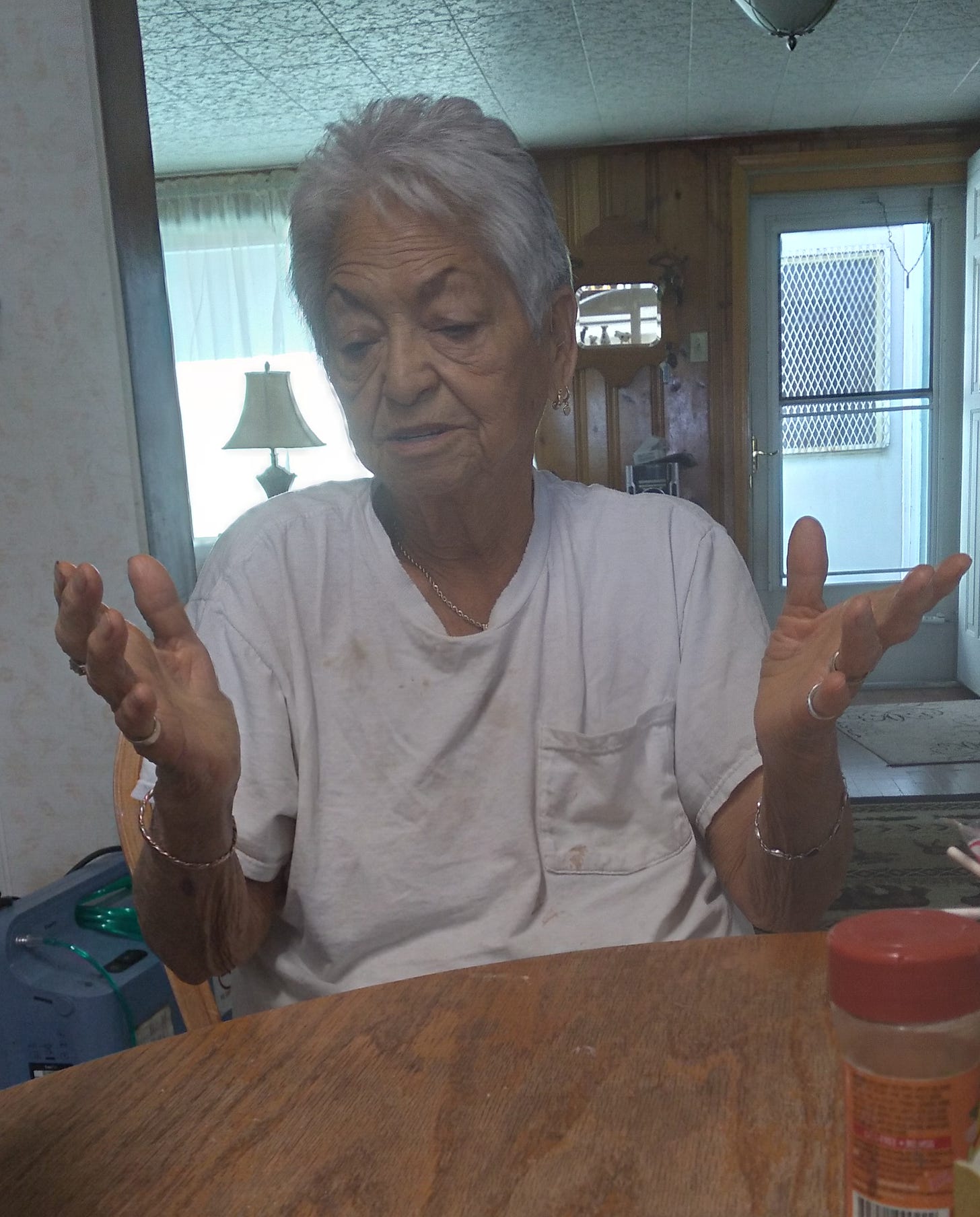The M&M and Cabbage Patch shared remarkable commonalities throughout Butte's history
As I begin to unravel the layers of the M&M story, it becomes clear that one cannot simply research a single aspect into the fabric of Butte’s identity without uncovering a whole slew of other intriguing tales that made Butte such the fantastic place with a colorful, and often unbelievable past.
For example, both the history of the M&M and the Butte Cabbage Patch have several important commonalities, right down to both of their origins.

Silas F. King, an early Butte pioneer, was instrumental to the start of the Cabbage Patch and the M&M.
King, as I wrote about in the Cabbage Patch, had purchased a majority stake in the Hesperus Lode, which was embroiled in a long and complicated lawsuit over who owned the property. That lawsuit led to the creation of the Cabbage Patch, and the rest is history.
King also owned one of the most prominent bars in early Butte in the King and Lowry Saloon, which was in operation from around 1878 through 1906. The King and Lowry was located at 38 N. Main Street, just a few spots up the hill from what would eventually become the M&M. But, his ties to the historic saloon at 9 N. Main ran much deeper than that.
Before the bar was created, King bought the rights to a placer mine from William F. Mosby, co-owner of the M&M, for $17,500 in 1889, which when adjusted for inflation would be worth a little more than $500,000 today. That transaction had to have been a crucial piece to the investment Mosby and Martin were able to sink in to the M&M when it opened in 1890. Mosby also worked as a card dealer in the King and Lowry before the M&M.
Furthermore, once the M&M opened, King invested $4,000 in the creation of the Montana Turf Club, which was headquartered in the second floor of the M&M. The Montana Turf Club was the place to go to place bets on horse races in the bar until gambling was shut down by government officials sometime later.
Another intriguing connection between the Cabbage Patch and the M&M involved the other co-founder, Sam D. Martin. Martin’s nephew was a man named George Le Sage. Le Sage was an attorney in Butte and in 1921, he was the crucial voice to overturn the conviction of Mike Webbe in the killings of Al Kerrigan and James McAlona in the Cabbage Patch.
Finally, the last noticeable connection I’ve found between the M&M and the Cabbage Patch is connected to a remarkable woman I’ve been fortunate to speak with twice for both book projects.
Emily Arias McCleod grew up in the Cabbage Patch and worked as a graveyard cook in the M&M in the 1970s through to the 90s or so. Her stories about the Cabbage Patch were outstanding on their own, but then she also recently gave us a wide assortment of true stories about her experiences working in the bar. Stories such as the time Evel Kneivel attempted to order steaks for the entire bar, unsuccessfully, the time the feds raided the bar and she was asked to stay while they completed the raid, and the time that Stevie Faulkner, the famed shoe-shine who was a staple of the bar for decades, walked across town in subzero temperatures to get to the bar. These are just a few of the tales that I’m excited to bring to everyone once the book is completed.
My grandpa and I, who is helping me publish the book, also had the good fortune in speaking with Selina Pankovich about what happened on the night of the fire, how she feels about being the first woman to own the bar outright, and what needs to happen to rebuild and what it’s like to have such a huge swell of support from the Butte community since the fire brought the building down in May. She had plenty of other great things to say, as well, and we will include as much of that conversation as we possibly can in the book. We’ve also spoken with several other key people with strong attachments to the M&M, and have several more in which we’re excitedly anticipating talking with.
I also recently found what I believe is the oldest picture of 9 North Main, dating back to 1886. I recently traveled to Helena to browse the expansive photo collections of the Montana Historical Society. I also found some further research, and some helpful tips on how to find some other key documents that I had been missing before now.
While it’s hard to say when the book project will be completed, all signs point to having it done this year. There’s still a lot of work left to be done — a lot of words to be written, more interviews to be had, and a lot of background work to put the book into its physical form. I’m just as excited now as I was when I began the project, however, and I’m awaiting getting it out to the world. In the meantime, please check out the Cabbage Patch book, and be sure to follow us on Twitter and Facebook! You can find the book at an assortment of book sellers such as Isle of Books and Books, Second Edition Books, Butte Stuff, The Corner Bookstore, and others across Butte and the immediate area, also!



